Search this site ...
African drums
Traditionally, the drum was the heartbeat, the soul of most African communities.
Drums have been an intrinsic part of African life for centuries and for countless generations, an ancient instrument used to celebrate all the aspects of life.
In Western culture, drumming is most often, about entertainment. In Africa, drums hold a deeper, symbolic and historical significance. They herald political and social events attending ceremonies of birth, death and marriage. They spark courtships, they herald home coming and going and they accompany religious rites and rituals, calling up ancestral spirits.
They are used as an alarm or a call to arms stirring up emotions for battle and war. They can also inspire passion and excitement and even cause trances, a momentary loss of consciousness to either the drummer or the listener. They symbolize and protect royalty and are often housed in sacred dwellings. They are protected during battle.
On the other side, drums are about communication and making music, two essential characteristics of community life. For centuries the ‘talking drums’ were a primary source of communication between tribes used to transmit messages sometimes across great distances.
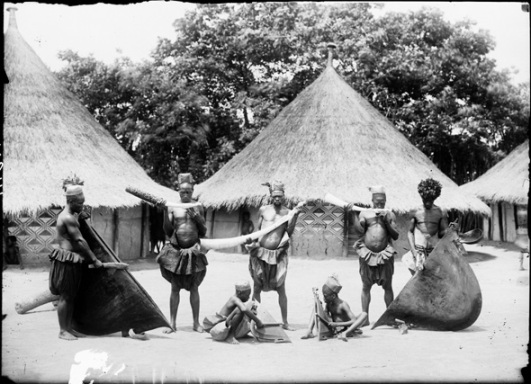 Split Drums and Ivory horns, Mangbetu tribe
Split Drums and Ivory horns, Mangbetu tribeAfrican music is a total art form closely integrated with dance, gesture and dramatization. Drums are the music instrument that African music relies heavily upon to create the fast-paced, upbeat, rhythmic beat that signifies most African music.
The drums can be both musical instruments and works of art, sculptural forms that are often decorated in a resplendent manner suited to their ceremonial function. They can also be everyday objects with simple but monumental form.
Technically most drums are described as "membranophones” and consist of a skin or drumhead stretched over the open end
of a frame or ‘shell’. The shell is, most often, constructed from wood.
The sound is generated by striking the drumhead with hands, a stick, a rubber mallet or even the bones of the deceased. The surface can also be rubbed to create soft swishing sounds. Sometimes the drums can have rattling metal jingles attached to the outside or seeds and beads placed inside to create extra kinds of noises.
They can be made from wood, metal, earthenware or gourds.
Their form can be tubular, hourglass, circular or bowl, kettle, goblet or barrel shaped. They can be round, square, hexagonal, octagonal or placed within a frame.
‘Open drums’ are single-headed with an opening at one end and ‘closed drums’ are single or double-headed with no open end.
In size they can be tall or diminutive like the tom tom. In general, the bigger the drum the lower the note and the more tension in the head, the higher the note. Wide drums add the bass sounds.
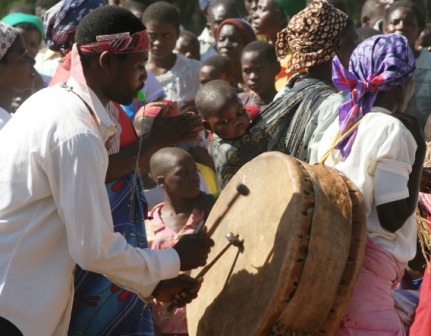 Shangaan drummers, Zimbabwe
Shangaan drummers, ZimbabweThey can have handles or straps and be held under the armpits. They can be rested on a wooden support and they can have feet or pedestals standing on their own, being carried on backs or held between or on the knees. They can be played singly, or in pairs, or be part of a large group drum ensemble with graded tones and pitches. ‘Drum chimes’ are mounted in a frame, tuned to a scale and played by a team.
Drumsticks vary from being heavy cudgels for sounding the ngoma to slender beaters tipped with rubber to elegantly curved thin sticks.
“Idiophones” refer to the Udu, log or slit drums which create sound not by beating or rubbing but by the instrument vibrating having been struck, shaken or scraped.
The membrane of the drum is most often constructed from the skin of an antelope, goat, sheep or cow and less frequently from zebra, wildebeest or reptiles like crocodiles and monitor lizards. The skin is dried out in the sun and the hair shaved. It is then stretched over the hollowed out, preferably hardwood, drum base.
The skin is tightened with leather straps and nailed or pegged on. Resin on the membrane will control tone and a good drummer will treat the surface with beeswax before a performance, holding the drumhead over an open fire to stretch the skin.
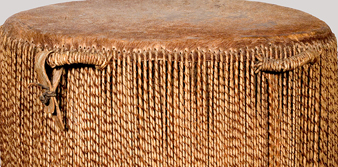 Buganda, Uganda Royal fetish drum from a set of tuned drums or drum chime ca 1910
Buganda, Uganda Royal fetish drum from a set of tuned drums or drum chime ca 1910Twine is used to lace two skins together on double-headed drums or just simply to secure the membrane such as the one opposite.
TRIBAL DRUMS
Most communities in sub Saharan Africa have diverse uses for their drums...
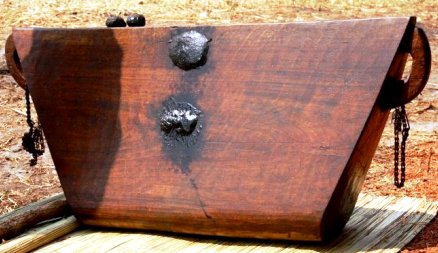 Royal Lunda drum, Royal Lunda ceremony, Zambia, Photo credit PPowell
Royal Lunda drum, Royal Lunda ceremony, Zambia, Photo credit PPowellThe
following countries listed below have tribes who have shared an integral historical and
spiritual relationship with this revered and sacred musical instrument for
centuries.
- Mali: Bara, Tama, Krin, Bamako
- West Africa and Guinea Coast; Djembe (Talking drums), Dundun, Dunno, Gome
- Senegal, Sabar, Bougarabou
- Gambia, Bougarabou
- Guinea, Baga
- Liberia, Dan
- Cote D’Ivoire, Senufo, Bara
- Ghana, Ga, Asante, Ewe, Fanti, Kpanlogo, Gungon, Atumpan, Fontomfro
- Benin, Yoruba, Ashiko
- Cameroon, Bamileke
- Nigeria; Sakara, Gbedu, Bata, Gudugudu, Chamba, Udu, (Talking drums), Doundun, Dunno
- Igbo, Yoruba, Bambara
- Central Africa
- Angola, Chokwe
- Democratic Republic of Congo, Kili, Mondo, Bata, Kuba, Luba, Yaka
- East Africa
- Rwanda, Udu, Ngoma
- Uganda, Baganda, Ngoma
- Tanzania/Mozambique, Makonde
- Southern Africa: Ngoma
- Zambia, Tonga, Budima
- Zimbabwe, Shona, Shangaan, Tonga
- South Africa, Venda, Zulu
DRUM DECORATION
Drums can be both musical instruments and sculptures. Images can reference proverbs, cultural traditions and ways of behaving, reflect values that are important to communities.
They can feature anthropomorphic images like feet, hands, female breasts, human heads as well as full or squatting figures that carry the drum on their backs. These motifs can be symbolic, carrying great spiritual meaning or they can just be decorative and tell a story.
Female
imagery is often used to evoke fertility.
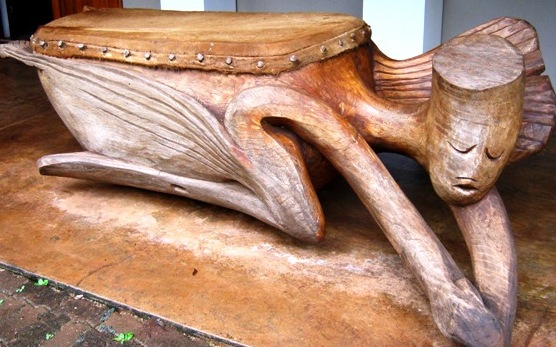 Beautifully carved, large, Ngoma drum from Venda, Limpopo; used for ceremonial purposes
Beautifully carved, large, Ngoma drum from Venda, Limpopo; used for ceremonial purposes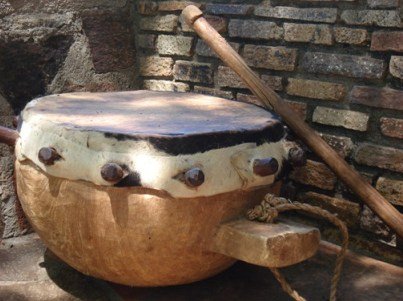 Shangaan drum, Chilo, Zimbabwe
Shangaan drum, Chilo, ZimbabweAnimals
and reptiles lend a wide scope of reference material for zoomorphic relief
carvings. They play an important role in belief systems and ancestor spirits can
take the form of any animal providing inspiration for the carvers.
Ceremonial
drums will have designs that reflect their status and their historical value; the
careful execution of the carving and consideration for the imagery used fosters
both prestige and belief in the tribal subjects.
The
Mongo people of Central Africa use geometric shapes and forms to create
visually stunning drums.
Drums
are treasured assets of any African community; their vibrant and rhythmic
sounds stirring up emotions and helping to carry on noble traditions, inspiring
new generations to keep a sense of belonging, discovery and pride.
MODERN AFRICAN DRUMS AND DRUMMING
A beat is the first thing we hear in life.
No wonder that African drumming has taken the world by storm.... inciting passion, inspiration, self-expression and healing in drummers on just about every continent on the planet!
Drums exist in a modern context in Africa in 3 major ways:
· They are still used in the traditional manner for celebrating ceremonial events, rituals and spiritual healing - a rhythmical representation of each happening in the cultural life of a village or community.
· They are often employed as tourist attractions in many African countries, promoting and exhibiting African heritage and culture. They can be part of exciting extravaganzas featuring costumes, music, dance and poetry. They can take any shape and form as long as they emit the required sound! See photo below of drums used in a Shangaan festival in Zimbabwe:
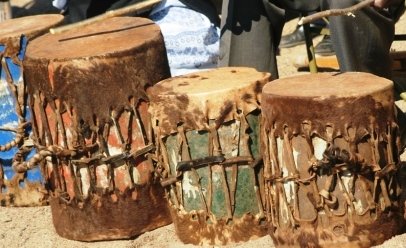 Drums made from tin cans, with interlaced skin membranes, Shangaan, Zimbabwe
Drums made from tin cans, with interlaced skin membranes, Shangaan, Zimbabwe · They are also part of social enterprises that uplift and empower local communities. By connecting the traditions to the modern market, the old ways are kept alive and relevant.
Projects like this one raise the profile of the impact drums have on both traditional and modern societies.
Their influence reaches deep into the hearts and homes of all corners of the world.
And then there is music.........
Just pure, uninhibited, joyous ‘making music’ and dancing to the sound of the African drum and its infectious, primal beat and rhythms!
Girls too!!
**For more on African music... see here
**And for loads more information on African musical instruments... see here
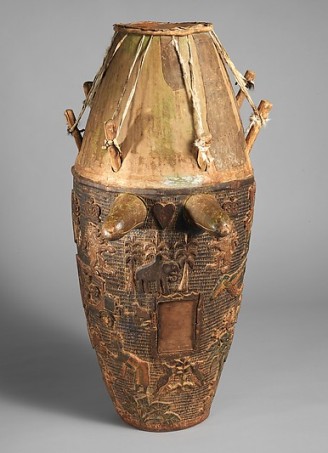
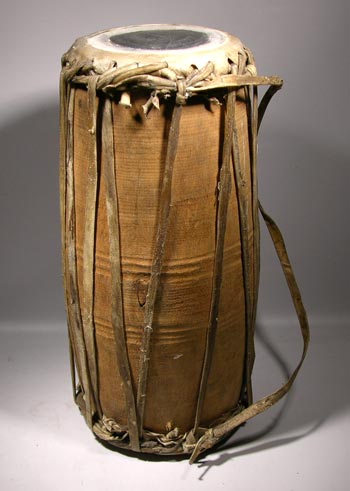
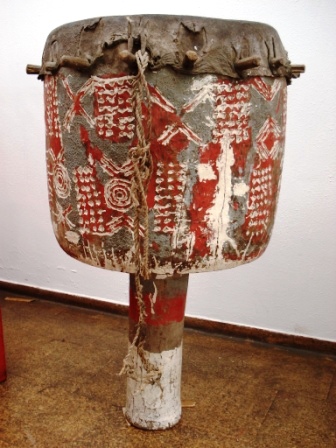
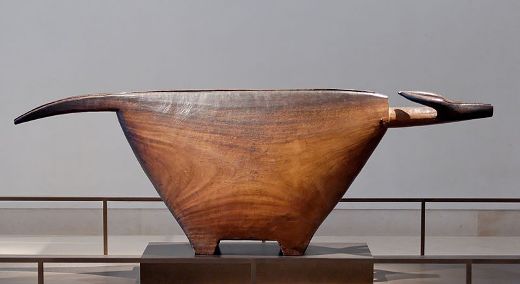
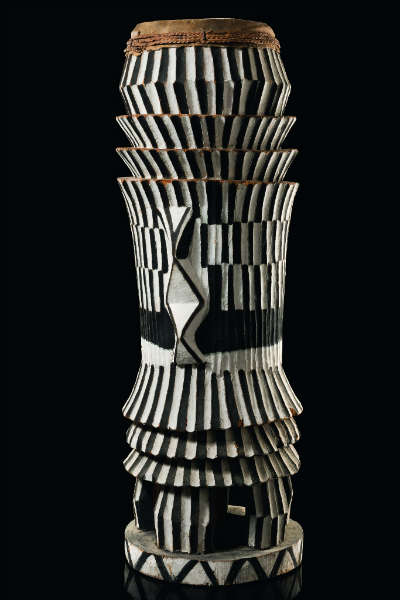
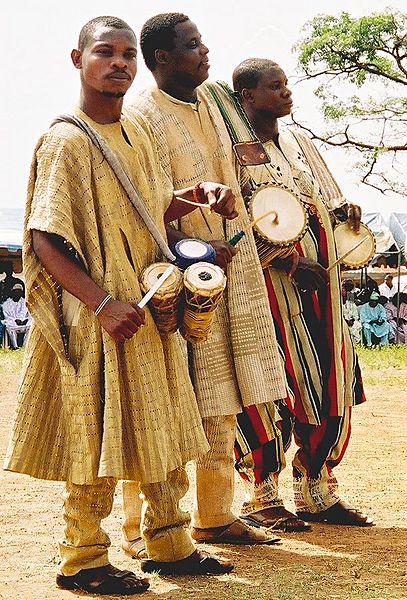
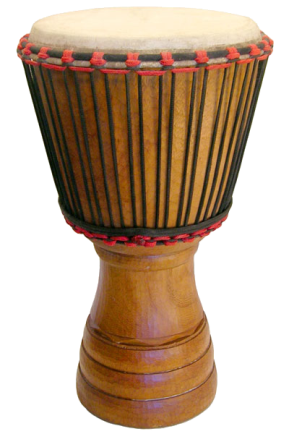
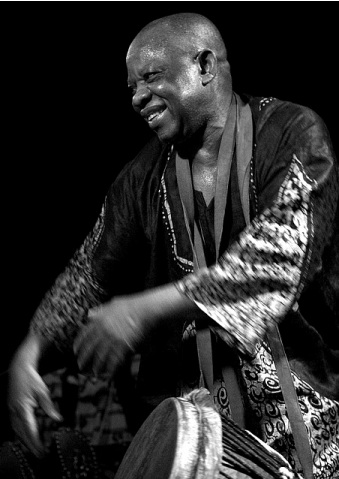
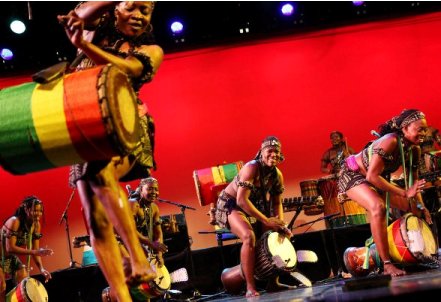
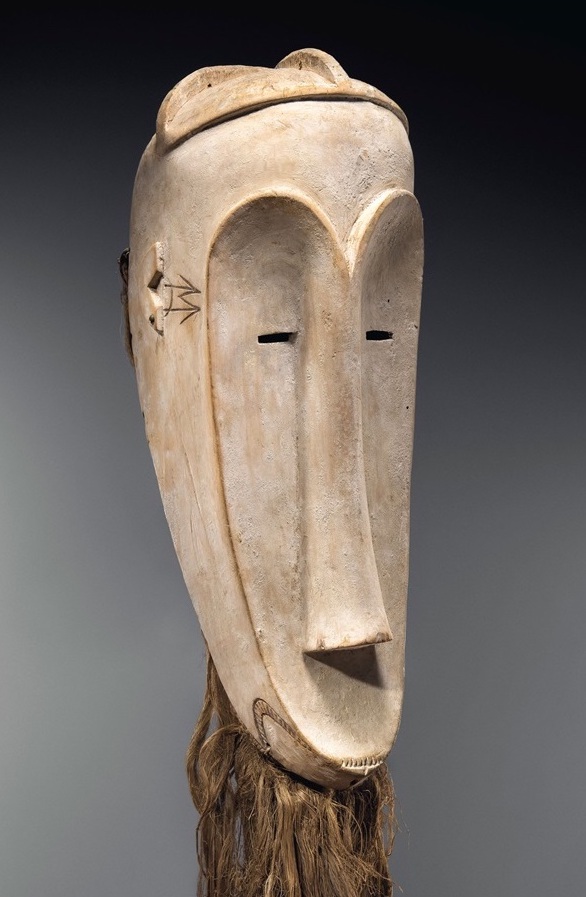
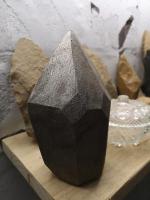

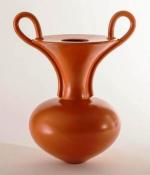
New! Comments
Have your say about what you just read! Leave me a comment in the box below.